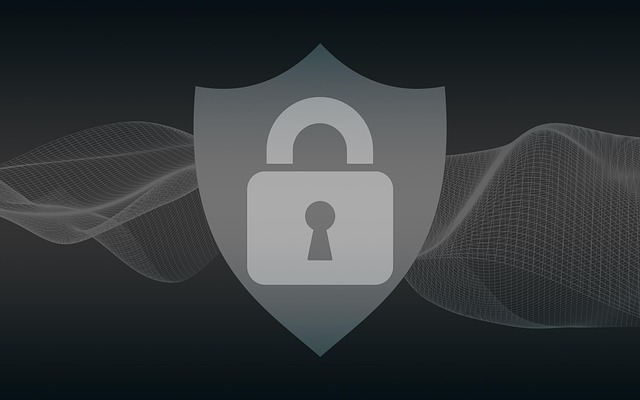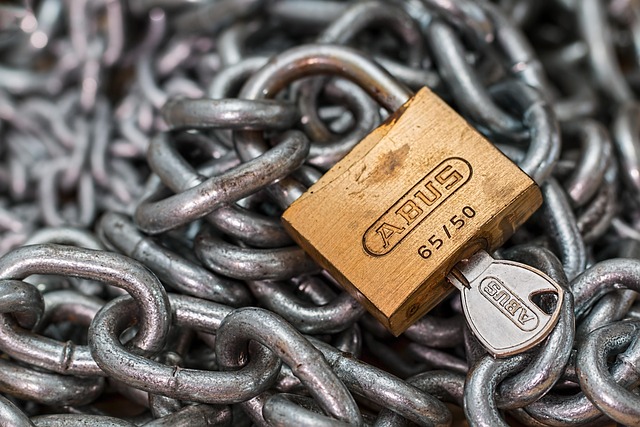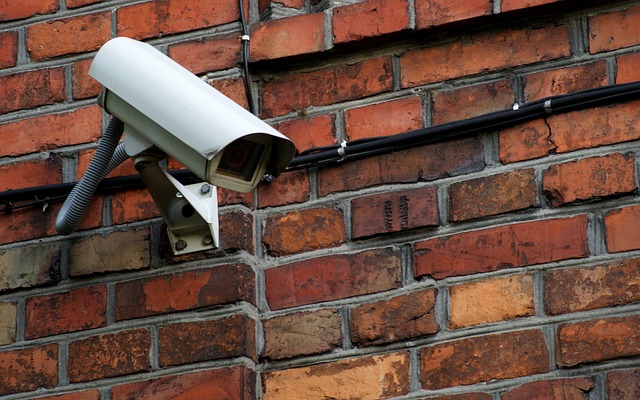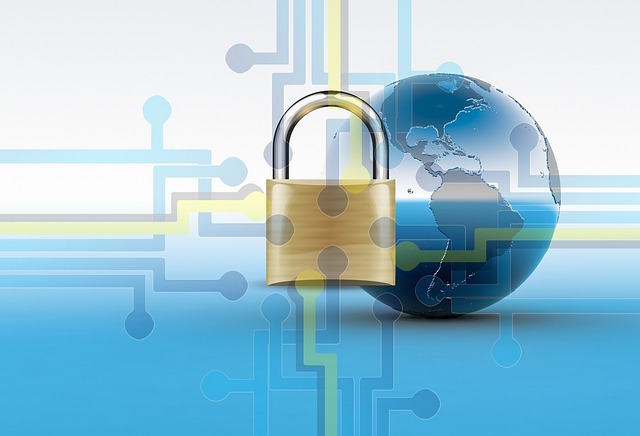Safety personnel verification is a critical process that goes beyond basic checks to thoroughly evaluate candidates for sensitive roles, uncovering potential risks like criminal activities or false identities. This meticulous screening is legally mandated in many regions and essential for maintaining secure work environments, protecting assets, and adhering to labor laws. A multi-faceted approach includes pre-employment screenings, structured onboarding, regular training, performance evaluations, and random spot checks to ensure only qualified, competent, and ethical personnel are hired.
In today’s world, ensuring safe workplaces is paramount. Security background checks serve as a robust defense against unqualified hiring, playing a pivotal role in verification processes. This comprehensive overview explores the intricacies of security background checks, from understanding their mechanisms to unearthing potential red flags. We delve into legal implications, compliance guidelines, and best practices for effective safety personnel verification, highlighting their significance in fostering secure environments.
- Understanding Security Background Checks: A Comprehensive Overview
- The Role of Verification in Ensuring Safe Workplaces
- Uncovering Red Flags: What Background Checks Reveal
- Legal Implications and Compliance for Safe Hiring Practices
- Best Practices for Effective Security Personnel Verification
Understanding Security Background Checks: A Comprehensive Overview

Security background checks are a crucial aspect of ensuring safe and qualified hiring practices in any organization. These verifications serve as a robust defense against potential security risks, protecting sensitive information and critical infrastructure. By delving into an individual’s history, employers can make informed decisions about who gains access to secure areas or handles confidential data.
Comprehensive safety personnel verification includes meticulous screening of criminal records, checking previous employment histories, and verifying references. This multi-layered approach ensures that individuals with a history of theft, violence, or security breaches are identified before gaining access to sensitive environments. Such checks are not merely administrative; they safeguard organizations from internal threats and maintain the integrity of their operations.
The Role of Verification in Ensuring Safe Workplaces

In today’s world, ensuring safe workplaces is paramount, and thorough background checks play a pivotal role in this regard. Verification processes act as a crucial safeguard against unqualified or potentially dangerous individuals gaining access to sensitive positions. By verifying an individual’s credentials, employment history, and any relevant safety training, organizations can mitigate risks associated with incompetent or unethical staff. This meticulous approach to safety personnel verification is essential for creating a secure environment where every employee contributes to the overall well-being of the workplace.
A comprehensive check ensures that only those with the necessary qualifications, skills, and adherence to safety protocols are hired. It helps in preventing accidents, injuries, and potential security breaches by weeding out individuals who may pose risks due to a lack of proper training or dubious backgrounds. This proactive measure fosters an atmosphere of trust and accountability among employees, knowing that their workplace is protected by diligent safety personnel verification processes.
Uncovering Red Flags: What Background Checks Reveal

Background checks play a pivotal role in ensuring that organizations hire qualified and trustworthy individuals, especially for roles involving sensitive information or critical infrastructure. These verifications act as a robust filter, helping to uncover potential red flags that might indicate unfitness for a position. Through meticulous screening, employers can identify characteristics like previous criminal activities, false identities, or untruthful employment histories—all of which could signal a candidate’s lack of integrity or suitability for the role.
Safety personnel verification goes beyond basic identity checks. It delves into an individual’s background to assess their character and potential risks they might pose in a professional setting. This process reveals insights that are crucial for maintaining a secure work environment, protecting sensitive assets, and ensuring the well-being of everyone involved. By employing these checks, organizations can make informed decisions, mitigating the risk of unqualified or malicious individuals gaining access to critical systems or handling confidential data.
Legal Implications and Compliance for Safe Hiring Practices

In many jurisdictions, the legal implications of unsafe hiring practices can be severe. Employers are mandated to conduct thorough background checks as part of their safety personnel verification process to ensure they comply with labor laws and regulations. Failure to do so not only exposes the organization to potential lawsuits but also jeopardizes the safety of employees, clients, and the public.
Background checks play a critical role in verifying an applicant’s identity, criminal history, and other relevant factors that can impact job performance and workplace safety. These verifications help employers make informed decisions, reducing the risk of hiring unqualified or potentially dangerous individuals. Compliance with these practices is not just about avoiding legal repercussions but also fostering a culture of accountability and safety within the organization.
Best Practices for Effective Security Personnel Verification

To ensure effective security personnel verification, organizations should adopt a multi-faceted approach that combines comprehensive background checks with robust training and continuous monitoring. Start by conducting thorough pre-employment screenings using reliable databases to verify identity, criminal history, and relevant certifications. This includes checking for any disqualifying offenses or red flags that might compromise the safety of the facility or its occupants.
Additionally, implement a structured onboarding process that emphasizes safety protocols and company policies. Provide regular refresher training and ongoing education to keep security personnel up-to-date with evolving threats and best practices in safety personnel verification. Regular performance evaluations and random spot checks can help identify any areas for improvement, ensuring that all staff maintain the highest standards of integrity and competence.
